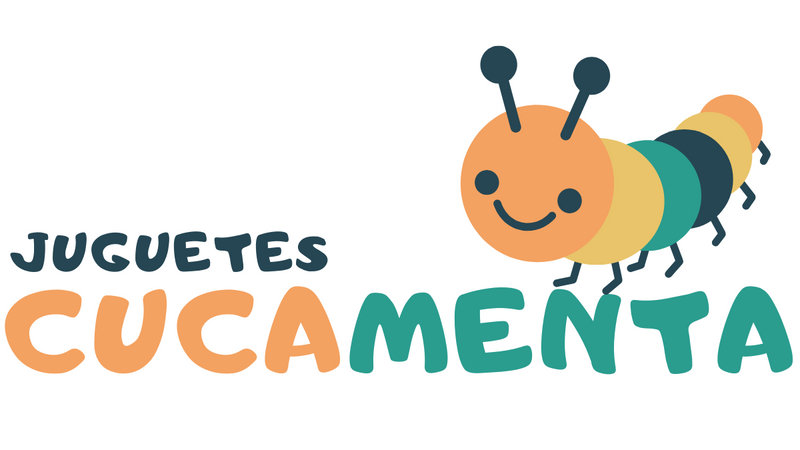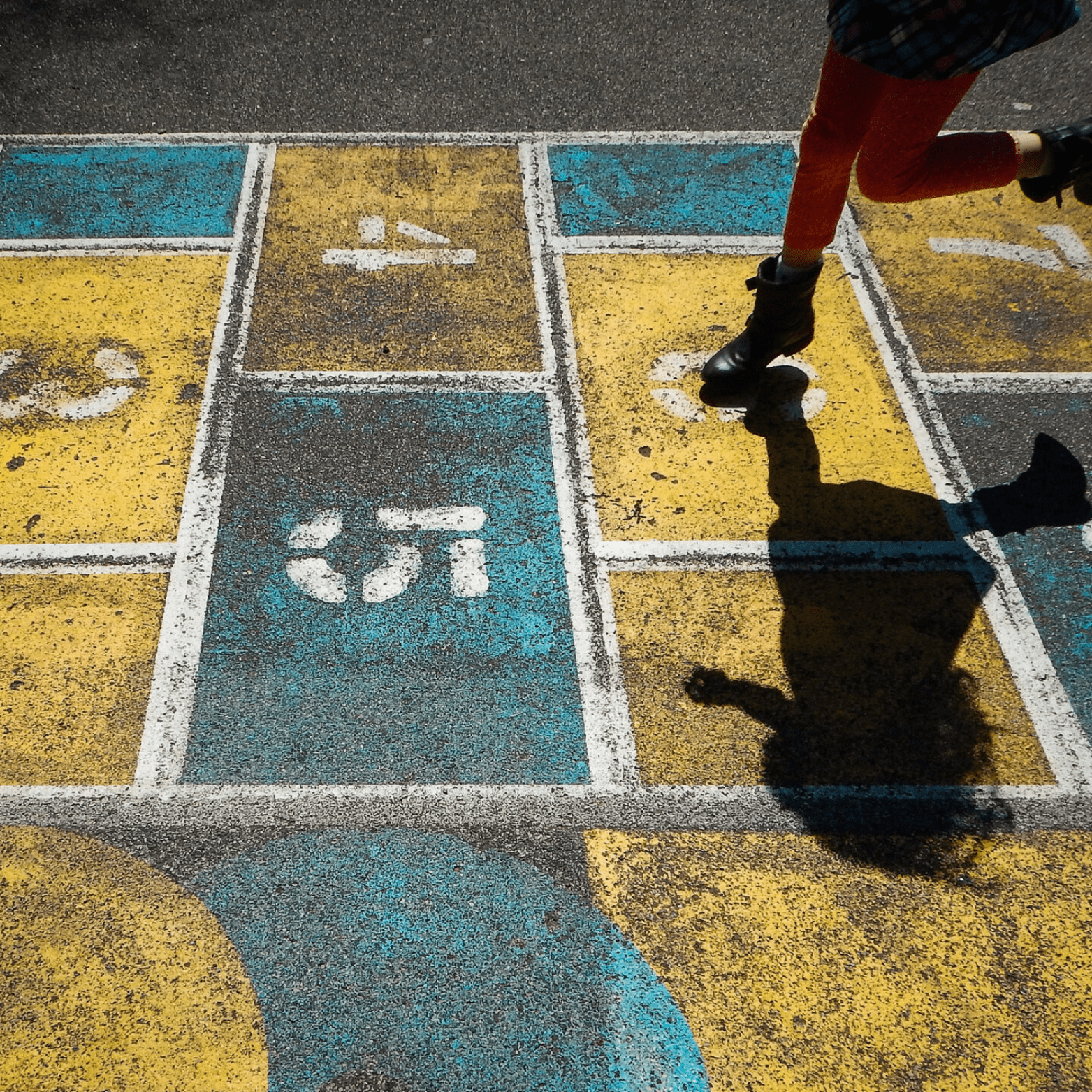Have you ever wondered how children used to have fun or what your grandparents played in their childhood? “Nothing ignites a child's mind like playing,” said physician, psychiatrist and researcher Stuart Brown.
What changes is only the format, because humanity has been playing since the world was a world . One of the oldest toys is a terracotta rattle found at an archaeological site in Turkey, and historians estimate that prehistoric children enjoyed primitive toys made from bone, clay or wood.
There are many more examples: In 2004, archaeologists unearthed a 4,000-year-old stone doll's head in the ruins of a village on the Italian island of Pantelleria, with curly hair and buried with miniature kitchen utensils.
In ancient Egypt, a board game called senet appears in wall drawings from around 2686 BC Going back to the current era, but a few decades ago, what did boys and girls have fun with in Spain?
Aside from the rope, the doll, the hide-and-seek, the handkerchief or the ball, games that are still in vogue today, there are others that have practically fallen into oblivion. Today we bring back the shine to these typical Spanish games and toys that are in danger of extinction.
6 old toys and traditional games that almost no one uses today

- Chapas (or charpas) : This is an especially typical tradition of Castilla y León, especially during Holy Thursday and Good Friday of Holy Week, since it remembers the moment in which the Roman soldiers played the Sacred Tunic of Jesus Christ heads or tails. It is played with “two fat bitches”, the 10 cent coin from the time of Alfonso XIII, on the reverse of which a cross or cross is drawn. It's about betting and deciding whether you want heads or tails by tossing the coins into the air. You can double profits if you hit, lose or reroll if heads and tails.
- Other caps (this time bottle caps) : There is also an old children's game with old bottle caps. You have to draw a circle and put the plates inside. From an outside line, each player must throw another badge and try to get a rival's badge from the inside, which he keeps. There are also other ways to play, such as racing without leaving the drawn circuit.
- Hopscotch: This game, which according to the culture is also known as mariola, luche, square, little plane or sambari, consists of drawing with chalk on the ground a diagram with boxes with numbers from 1 to 10. Each child throws a stone at a square. , which is “home” and cannot be stepped on, having to walk the circuit on one foot, except in the double squares. You have to pass the stone from square to square, reach 10 and return to the starting square. The first to achieve it wins. Hopscotch is one of the traditional games ideal for improving balance and coordination.
- Tabas: The game of tabas consists of throwing some bones (or tabas) as dice , although later plastic tabs were also marketed, such as those from the gogos brand, as well as in resin or metal. As a curiosity, this game of chance was already practiced in ancient Greece, appearing reflected in different sculptures, paintings and amphorae. It was also used as a divination object. Today it is still played in the Argentine Pampas or Mongolia, while it is close to extinction in Spain and France, where it was common, especially in rural and livestock areas.
- Yo-yo : It was not until 1928 when the yo-yo appeared as we know it today, although its origin dates back to ancient times, specifically to the 5th century BC. It was Pedro Flores who opened the first factory in California, from which they shipped 300,000 units daily. Donald Duncan bought it and registered the yo-yo brand in 1935, but starting in the 1960s, Justice ruled that it is a generic name. These are two joined discs - normally made of wood, but also made of plastic, metal or carbon - linked by a rope and with which you can do all kinds of tricks, such as rewinding, walking the dog, turning around, sleepyhead or the bicycle.
- Marbles: The Egyptians and Romans already played marbles. In fact, the first evidence of its existence was found near the Nile River, where small balls were discovered inside the tomb of a child. Also in the Middle East there were finds of animal bone spheres with a divinatory nature. There are many variants of marble games, such as the circle or the wheel, or the tunnel, also called a mousetrap. In general, it usually requires ingenuity, aim and concentration, measuring distances well and fine-tuning subtle motor movements . The objectives are usually to hit the opponent's marble or put them in all the holes.


0 comments